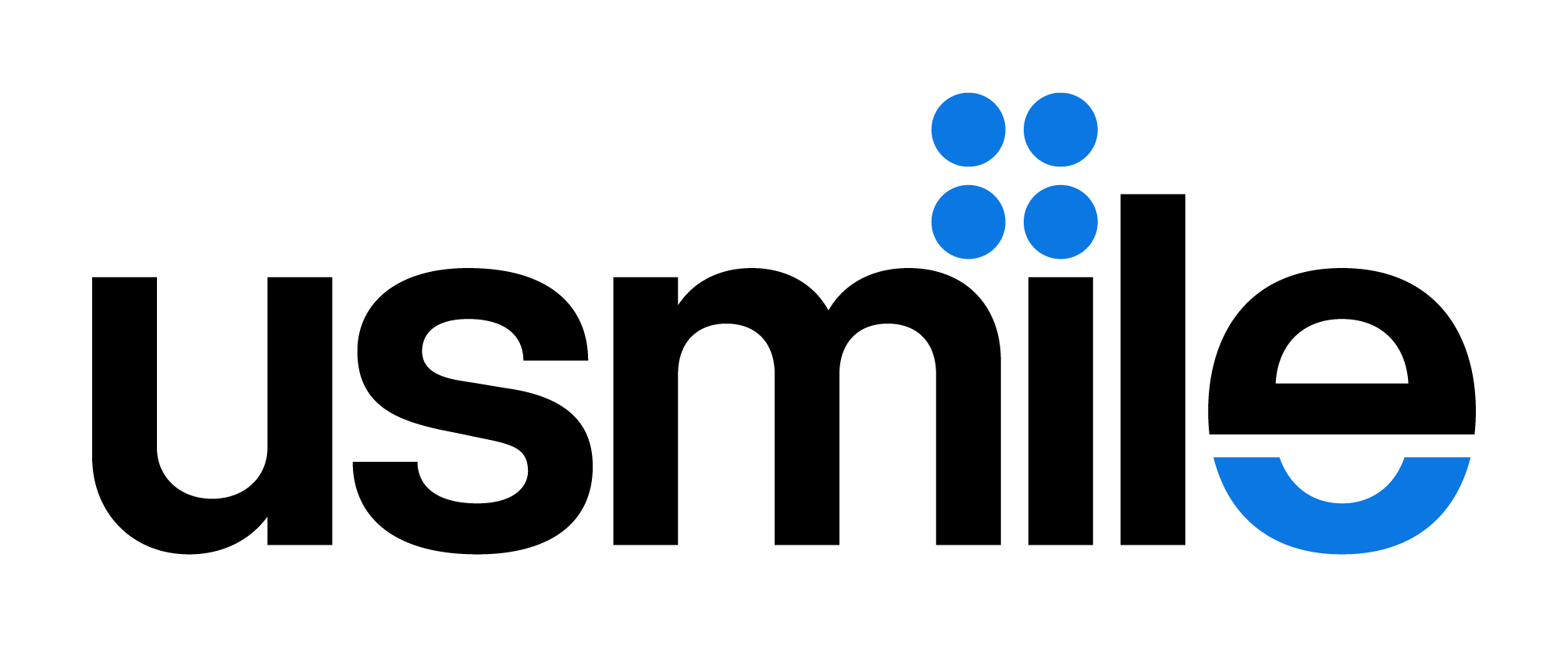How to Remove Tartar from Teeth?
You may have heard of tartar and know that it is bad for your teeth—but what exactly is tartar? By understanding the cause of tartar and (more importantly) how to...


You may have heard of tartar and know that it is bad for your teeth—but what exactly is tartar? By understanding the cause of tartar and (more importantly) how to...

You may have heard of tartar and know that it is bad for your teeth—but what exactly is tartar? By understanding the cause of tartar and (more importantly) how to prevent it, you can greatly improve your oral health.
What is Tartar?
Tartar, as we discussed, is a hardened plaque. It forms at, underneath, and above the gumline and can irritate gum tissues. Because tartar on teeth gives plaque more surface area to grow on and a much stickier surface to adhere to, it can lead to cavities and gum disease. When tartar collects above the gumline, the tissue can become swollen and may bleed easily.

How does tartar form?
Each one of us has bacteria that live inside our mouth. These bacteria love sugary treats just as much as we do, so when we eat foods that containing sugar and starches, the bacteria goes to work eating up any left-over food particles and excreting acids that turn into dental plaque. And if not brushed away, this sticky, clear biofilm will absorb calcium and other substances in the food and saliva until it hardens into tartar. Then once the tartar has built upon the existing plaque, it becomes darker, denser and difficult to remove.
How to remove tartar from teeth?
Visiting the dentistry near you is the best option. A dentist uses technologically advanced dental tartar removal processes which are both quick and effective. The process of tartar removal is known as debridement. In this process, an expert dentist uses an ultrasonic device or a hand-held scaling tool. The ultrasonic instrument uses high-frequency vibrations along with water to remove the tartar.
How can I prevent tartar buildup?
A smile is synonymous with pleasure and desire, usmile’s oral care products help you show off your perfect teeth!
Your cart is currently empty.
Start Shopping